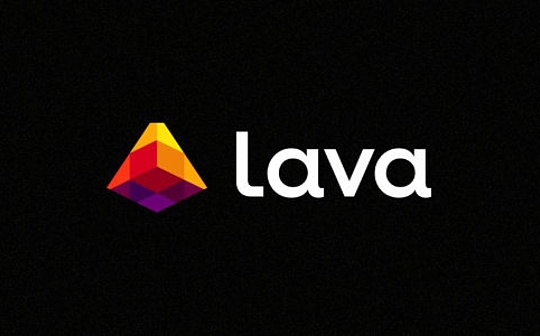Does Ethena indicate an advantage for Symbiotic over Eigen?

Reprinted from jinse
01/02/2025·4MAuthor: Macauley Peterson Source: blockworks Translation: Shan Oppa, Golden Finance
EigenLayer, a pioneer in the re-staking space, has shown remarkable success in attracting capital, becoming a “black hole” in the Ethereum space and becoming one of the largest DeFi protocols in the process. However, Symbiotic’s entry into the shared security space with its “pledge any asset” design could bring about disruptive changes.
Since launching on the Ethereum mainnet more than a year ago, EigenLayer has absorbed approximately 5.4 million ETH and was worth $20 billion at its peak in early June. The protocol begins aggressively raising deposit caps and accepting more types of Ethereum in early 2024. By March, deposits increased from less than 1 million ETH to approximately 3 million. This growth rate has continued following the launch of Karak, a multi-asset re-staking model designed to increase staking yields.
Symbiotic takes this concept further, supporting any ERC-20 asset as collateral for re-hypothecation. This customization option and flexible re- staking model enables developers to secure their applications with a variety of assets. Yesterday, Ethena’s native token ENA and its staking version of its synthetic U.S. dollar sUSDe became the first non-ETH assets to be re-staking on Symbiotic. sUSDe earns income through Ethereum staking and futures basis trading.
The new sUSDe vault on Symbiotic risk management platform Mellow Finance quickly reached its $40 million cap, while the ENA vault was already half filled after the first day of deposits. Both Mellow and Symbiotic are backed by Cyber Fund and are part of the Lido Alliance, with other Mellow vaults currently only accepting Lido-staking Ethereum (stETH).
The Ethena vault has three managers: MEV Capital, Re7 Labs and K3. Laurent Bourquin, general partner at MEV Capital, said he expects Liquid Recollateral Tokens (LRTs) to be accepted as deposits for Symbiotic vaults.
The main difference of Symbiotic is its "undifferentiated nature", which allows EigenLayer's LRTs to enter Symbiotic. This would create a double cut and thus a double gain. Other liquid staking and re-staking providers are also eager to join this space. Sunand Raghupathi, co-founder of Veda Protocol and Seven Seas Capital, said that through Veda, they were able to launch an LRT on Symbiotic two days after Symbiotic was announced.
Veda has partnered with EtherFi to launch a “Super Symbiotic” vault that accepts various Ethereum derivatives, including EtherFi’s eETH, and converts them into stETH for use by Symbiotic. Technically, Symbiotic could accept eETH itself, which would be double-staking — first on EigenLayer, then on Symbiotic — but that’s not how EtherFi does it. If the user provides eETH, it will be removed from EigenLayer first. Misha Putiatin, co-founder of Symbiotic, pointed out that double staking is inherently risky. We can’t stop people from double staking, but we have no plans to incentivize this behavior.
MEV Capital’s Bourquin believes double-collateralization is inevitable. Currently, since there is no reduction mechanism on EigenLayer, this risk is temporarily put on hold. Deposits accepted by EigenLayer can be delegated to Active Verification Services (AVS), but none currently have slash conditions enabled, which will ultimately expose depositors’ funds to greater risk. Bourquin sees Symbiotic's flexibility as a clear advantage.
EtherFi started out as an EigenLayer staking protocol, but has since become a trusted brand in other areas, such as the launch of Liquid, a stablecoin vault managed by Seven Seas, through liquidity provision, lending optimization and price arbitrage. Earn high returns through multiple DeFi channels. By allowing its users to participate in Symbiotic, EtherFi can retain these users within its ecosystem, capturing some of the capital flows. This approach provides an alternative to avoid converting eETH through on-chain liquidity pools, which could put pressure on the stability of derivatives.
Even if the number of eETH decreases as a result, EtherFi can still retain these users through its brand and front-end. EigenLayer believes that most assets should not be used for this purpose, and it took them a long time to discover that ETH is in a sense the king of safe assets. Symbiotic believes that market forces should determine what is suitable collateral for AVS staking. EigenLayer does have plans to support double collateralization using ETH and a custom crypto asset, but Symbiotic’s permissionless design makes this possible today.
Anyone can create a market on Symbiotic, so the variety of tokens used to secure AVS on Symbiotic will be much wider than EigenLayer, which is very focused on ETH.




